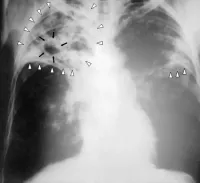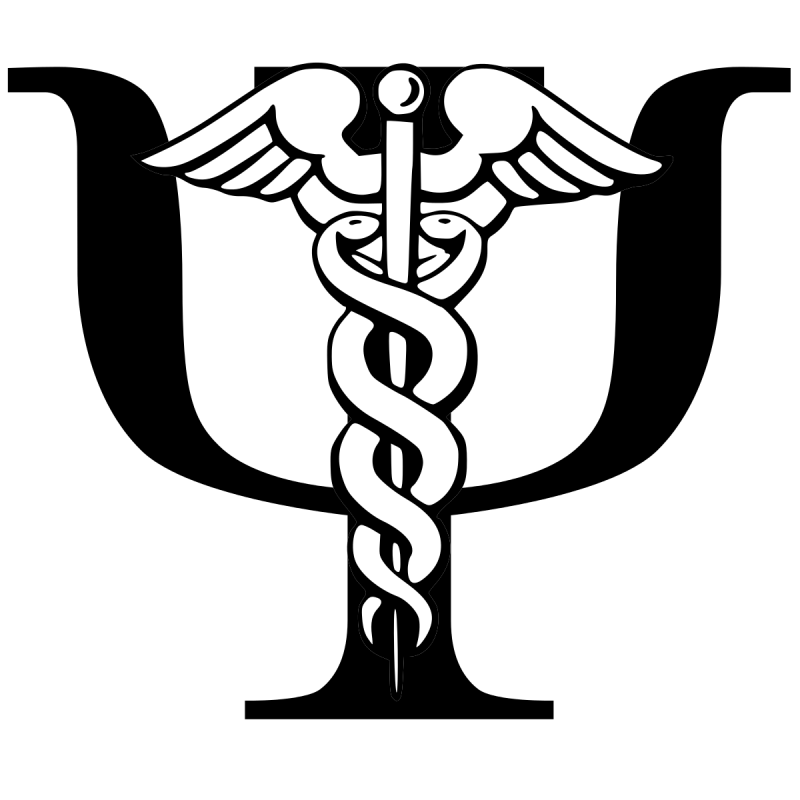DNA is a double helix polymer of two polynucleotide chains, essential for the development, functioning, growth, and reproduction of organisms and many viruses. It carries genetic instructions and, along with RNA, is a nucleic acid. Nucleic acids, proteins, lipids, and complex carbohydrates are the four major macromolecules vital for life.
1909: Identification of nucleotide unit of RNA
In 1909, Phoebus Levene identified the base, sugar, and phosphate nucleotide unit of RNA (then named "yeast nucleic acid").
1925: Discovery of 5-methylcytosine
In 1925, 5-methylcytosine was discovered in the genome of Mycobacterium tuberculosis. This was the first modified base recognized in DNA.
1927: Koltsov proposes giant hereditary molecule
In 1927, Nikolai Koltsov proposed that inherited traits would be inherited via a "giant hereditary molecule" made up of "two mirror strands that would replicate in a semi-conservative fashion using each strand as a template".
1928: Griffith's experiment demonstrates genetic transfer
In 1928, Frederick Griffith's experiment demonstrated that traits of the "smooth" form of Pneumococcus could be transferred to the "rough" form, suggesting DNA carries genetic information.
1929: Identification of deoxyribose sugar in DNA
In 1929, Phoebus Levene identified deoxyribose sugar in "thymus nucleic acid" (DNA). Levene also suggested the tetranucleotide hypothesis.
1933: Brachet suggests DNA is in the nucleus
In 1933, Jean Brachet suggested that DNA is found in the cell nucleus and RNA is present exclusively in the cytoplasm.
1937: Astbury produces first X-ray diffraction patterns of DNA
In 1937, William Astbury produced the first X-ray diffraction patterns that showed DNA had a regular structure.
1943: Avery identifies DNA as transforming principle
In 1943, Oswald Avery, along with Colin MacLeod and Maclyn McCarty, identified DNA as the transforming principle, supporting Griffith's earlier suggestion.
1951: Todd determines backbone structure of DNA
By 1951, Alec Todd and collaborators determined via biochemical methods how the backbone of DNA is structured via the successive linking of carbon atoms 3 and 5 of the sugar to phosphates.
1951: Crick begins working with Watson
Late in 1951, Francis Crick started working with James Watson at the Cavendish Laboratory within the University of Cambridge.
May 1952: X-ray diffraction image "Photo 51" taken
In May 1952, Raymond Gosling took an X-ray diffraction image, labeled as "Photo 51", at high hydration levels of DNA. This photo was crucial to Watson and Crick obtaining the correct structure of DNA.
1952: Hershey-Chase experiment confirms DNA as genetic material
In 1952, Alfred Hershey and Martha Chase showed in the Hershey–Chase experiment that DNA is the genetic material of the enterobacteria phage T2.
February 1953: Pauling and Corey propose intertwined chains model
In February 1953, Linus Pauling and Robert Corey proposed a model for nucleic acids containing three intertwined chains, with the phosphates near the axis and the bases on the outside.
April 1953: Publication of Watson and Crick's double-helix structure
In April 1953, the journal Nature published a series of five articles, including the letter from Watson and Crick titled "MOLECULAR STRUCTURE OF NUCLEIC ACIDS A Structure for Deoxyribose Nucleic Acid" describing the double-helix structure of DNA and evidence supporting it.
1953: Watson and Crick propose double helix structure
In 1953, James Watson and Francis Crick presented their molecular modeling analysis of the DNA X-ray diffraction patterns, suggesting the structure was a double helix. Wilkins et al. proposed an alternative analysis for in vivo B-DNA X-ray diffraction-scattering patterns of highly hydrated DNA fibers in terms of squares of Bessel functions.
1957: Todd awarded Nobel Prize in Chemistry
In 1957, Alec Todd was awarded the Nobel Prize in Chemistry for his discoveries related to DNA, including the determination of the backbone structure.
1957: Crick lays out central dogma of molecular biology
In 1957, Crick laid out the central dogma of molecular biology, foretelling the relationship between DNA, RNA, and proteins, and articulated the "adaptor hypothesis".
1958: Confirmation of DNA replication mechanism
In 1958, the Meselson–Stahl experiment provided final confirmation of the DNA replication mechanism.
1962: Watson, Crick, and Wilkins receive Nobel Prize
In 1962, after Franklin's death, Watson, Crick, and Wilkins jointly received the Nobel Prize in Physiology or Medicine for their discoveries concerning the molecular structure of nucleic acids and its significance for information transfer in living material.
1984: Development of DNA profiling
In 1984, DNA profiling, also known as DNA fingerprinting, was developed by British geneticist Sir Alec Jeffreys.
1986: First use of DNA analysis in a criminal investigation
In 1986, DNA analysis was first used in a criminal investigation when police in the UK requested Alec Jeffreys to prove or disprove the involvement of a suspect in a case.
1988: DNA profiling leads to conviction in rape-murder case
In 1988, DNA profiling led to the positive identification and conviction of a suspect in a rape-murder case after initially exonerating another suspect.
1988: First use of DNA profiling in forensic science
In 1988, DNA profiling was first used in forensic science to convict Colin Pitchfork in the Enderby murders case.
1994: Discovery of Deoxyribozymes
In 1994, Deoxyribozymes, also called DNAzymes or catalytic DNA, were first discovered. They are single stranded DNA sequences isolated from a large pool of random DNA sequences through a combinatorial approach.
2010: Announcement of bacterium GFAJ-1 using arsenic
In 2010, a report announced the possibility of the bacterium GFAJ-1 using arsenic instead of phosphorus in DNA. However, this research was later disputed, with evidence suggesting the bacterium actively prevents arsenic incorporation into its DNA backbone and other biomolecules.
April 2023: Re-evaluation of Rosalind Franklin's contribution to DNA discovery
In April 2023, based on new evidence, scientists concluded that Rosalind Franklin was a significant contributor and "equal player" in the discovery of DNA, contrary to previous presentations of her role.
Mentioned in this timeline

Tuberculosis TB historically known as consumption is a contagious disease...
Giants are figures in folklore typically humanoid but often much...
Trending

6 months ago Midvale Gas Station: Woman Arrested for Setting Boyfriend on Fire; Investigation Underway
Erika Lane Kirk is an American businesswoman and nonprofit executive who became the CEO and chair of Turning Point USA...

7 months ago Mirra Andreeva vs. Yulia Putintseva at French Open; Putintseva Advances to Second Round

8 months ago Lil Durk faces new stalking charge; lawyers seek release, clarify case misinformation.

2 months ago Carlos Alcaraz Honored as ATP Year-End No. 1 After Finals Win

8 months ago Trump Administration Cancels $1 Billion in Mental Health Grants, Sparking Controversy.
Popular

XXXTentacion born Jahseh Dwayne Ricardo Onfroy was a controversial yet...

Stranger Things created by the Duffer Brothers is a popular...

Kelsey Grammer is an accomplished American actor producer and singer...

Marco Rubio is an American politician attorney and diplomat He...

Candace Owens is an American conservative political commentator and author...

Nicol s Maduro is a Venezuelan politician who has served...